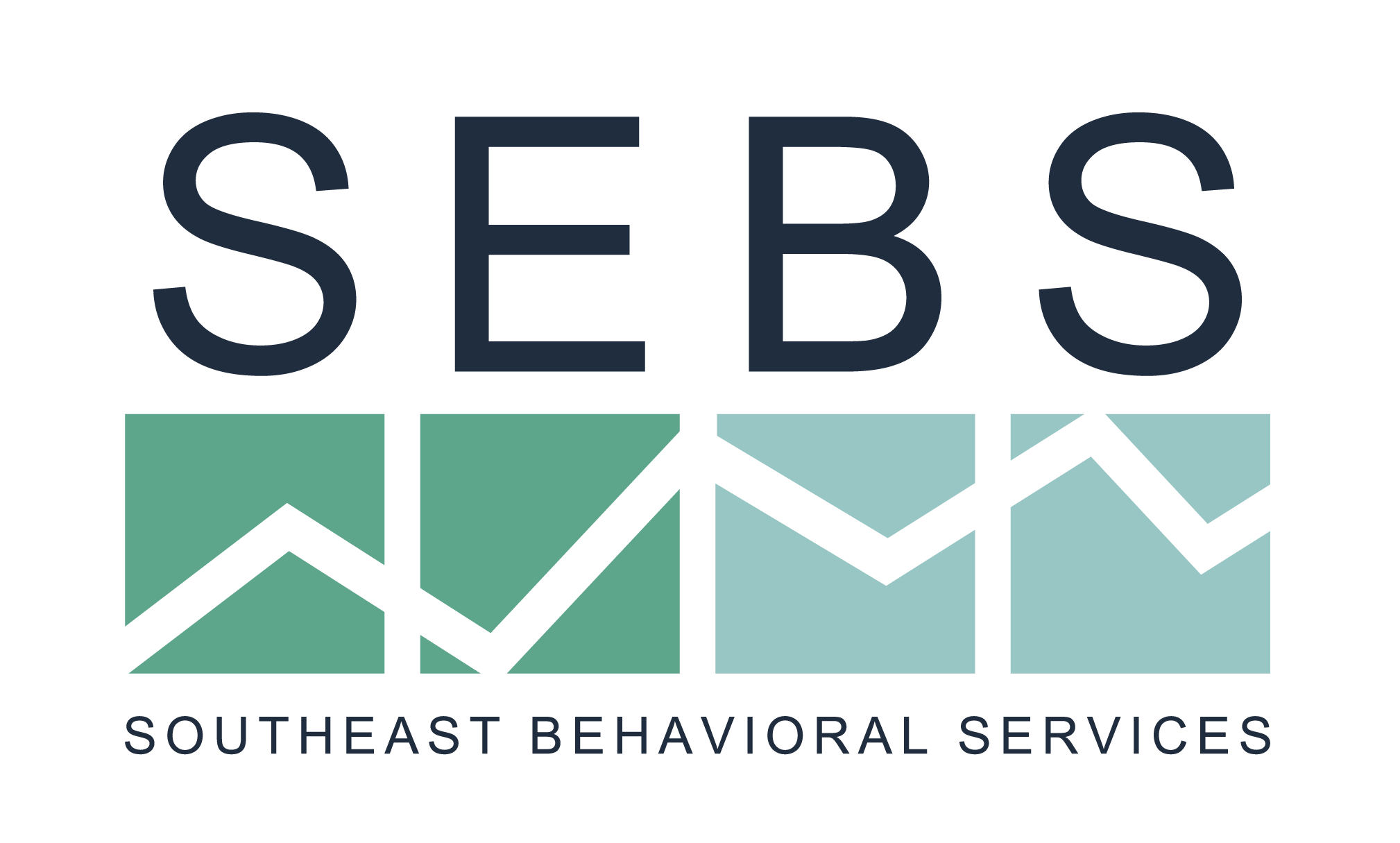If you’re a parent exploring support options for your child with autism, chances are you’ve come across the term ABA therapy. But what exactly is it? And how can it help your child thrive?
Whether you’re just beginning your journey or seeking a deeper understanding of your options, this article will walk you through the basics of Applied Behavior Analysis (ABA) and how it supports meaningful growth in communication, behavior, and daily living skills.
What Is ABA Therapy?
ABA stands for Applied Behavior Analysis—a science-based approach that helps individuals build useful skills and reduce behaviors that get in the way of learning or independence. It’s one of the most widely researched and recommended therapies for children with autism.
At its core, ABA therapy helps us understand how behavior works, why it happens, and how we can encourage positive changes. Therapy sessions are structured, goal-oriented, and personalized for each child.
How Does ABA Work?
ABA therapy uses a combination of techniques rooted in decades of behavioral science. Key components include:
- Positive reinforcement: Children receive encouragement or rewards for demonstrating desired behaviors—whether it’s saying “hi,” brushing their teeth, or using words instead of tantrums.
- Individualized teaching: Every child has a unique plan tailored to their goals and needs. Therapists work one-on-one to help them develop new skills in a way that’s motivating and manageable.
- Data-driven decisions: Therapists collect data during each session to track progress and adjust the approach as needed.
Key Benefits of ABA for Children with Autism
ABA therapy is designed to help children reach their full potential in everyday life. Some of the most common benefits include:
1. Improved Communication
Whether it’s using words, pictures, or assistive technology, ABA helps children express themselves in ways that work for them and their families.
2. Social Skill Development
From taking turns to starting conversations, ABA supports meaningful social growth so kids can connect with peers and caregivers.
3. Behavior Support
Many families seek ABA to address behaviors like aggression, self-injury, or meltdowns. ABA focuses on understanding the why behind these behaviors and teaching safer, more effective alternatives.
4. Daily Living Skills
Simple routines—getting dressed, brushing teeth, using the bathroom—can be broken down into teachable steps, making everyday life smoother and more independent.
5. School Readiness
By improving focus, transitions, and following directions, ABA can set the foundation for a positive experience in school or other structured environments.
What Makes ABA Effective?
ABA therapy is backed by decades of research and is endorsed by the U.S. Surgeon General, the American Academy of Pediatrics, and many autism advocacy groups. It’s considered the gold standard for autism treatment because of its:
- Customization: No two programs are alike—each child’s goals are based on their strengths, challenges, and family priorities.
- Consistency: Regular sessions help children practice and apply skills over time, leading to real-life results.
- Collaboration: Parents, therapists, and other professionals work as a team to support the child across home, school, and community settings.
Where Does ABA Happen?
ABA therapy can be delivered in a variety of settings:
- In-Clinic: A structured environment with resources and tools designed for learning
- In-Home: Therapy happens in the child’s natural surroundings, often including parent coaching
- In the Community: Sessions might take place at parks, stores, or other real-world settings to help generalize skills
Is ABA Right for Your Child?
ABA therapy is appropriate for children of all ages and support needs—from toddlers just starting to show signs of autism, to school-age children working on independence and social skills.
If your child is struggling with communication, behavior, or daily routines, ABA may be a helpful next step. Many families report major improvements in their child’s confidence, learning, and ability to navigate the world.


0 Comments